Chat gpt cover letter template
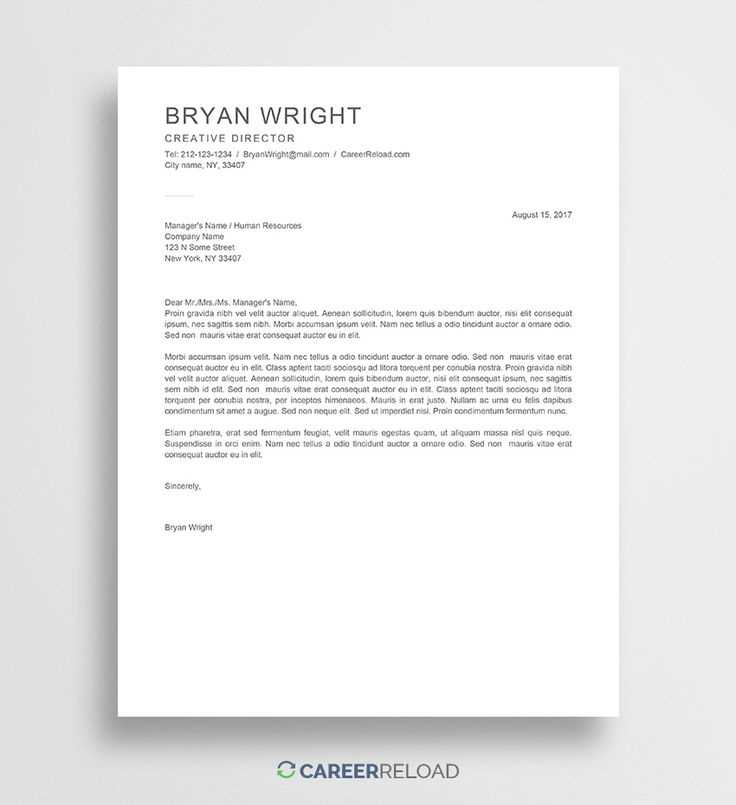
When crafting a cover letter using Chat GPT, focus on clear communication and tailored content. Here’s a template to get you started, with a step-by-step structure to personalize for any job application.
Structure Breakdown
- Header: Include your name, email, phone number, and the date at the top.
- Greeting: Address the hiring manager directly by name if possible. If unsure, use a neutral greeting like “Dear Hiring Manager.”
- Introduction: Begin with a compelling sentence that highlights your enthusiasm and the role you’re applying for.
- Body: Focus on your skills and achievements that align with the job description. Use examples to demonstrate how you can add value.
- Conclusion: Reaffirm your interest in the role and express your eagerness to discuss further in an interview. Include a polite sign-off like “Sincerely” or “Best regards.”
Example Cover Letter Template
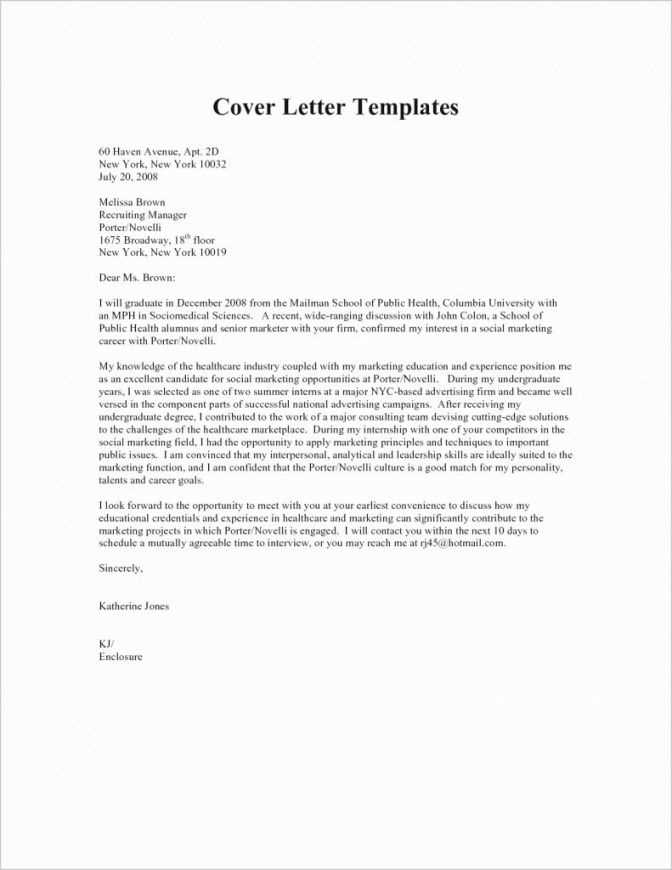
Your Name
Your Address
Your Phone Number
Your Email Address
Date
Dear [Hiring Manager’s Name],
I am writing to express my interest in the [Job Title] position at [Company Name]. With a strong background in [Relevant Skills/Experience], I am confident in my ability to contribute effectively to your team.
In my previous role at [Previous Company], I [Specific Achievement or Project]. This experience helped me develop skills such as [Relevant Skills], which I believe would be beneficial in this role. I am particularly drawn to your company’s mission of [Company’s Mission/Values] and am eager to bring my expertise in [Relevant Field] to your team.
Thank you for considering my application. I look forward to the opportunity to further discuss how I can contribute to [Company Name]. Please feel free to contact me at [Your Phone Number] or via email at [Your Email Address].
Sincerely,
[Your Name]
Personalization Tips
- Research the company: Mention specific projects, goals, or values of the company that resonate with you.
- Tailor your achievements: Highlight skills and experience that directly match the job requirements.
- Keep it concise: Limit the cover letter to one page, ensuring you maintain focus on relevant points.
By following this template, you create a personalized, impactful cover letter that shows your fit for the role. Adjust it to match each job application for the best results.
Customizing Your Cover Letter Template for Different Jobs
Best Practices for Writing a Clear and Concise Cover Letter
Avoiding Common Mistakes When Using ChatGPT for Cover Letters
How to Improve Your Cover Letter with ChatGPT’s Feedback
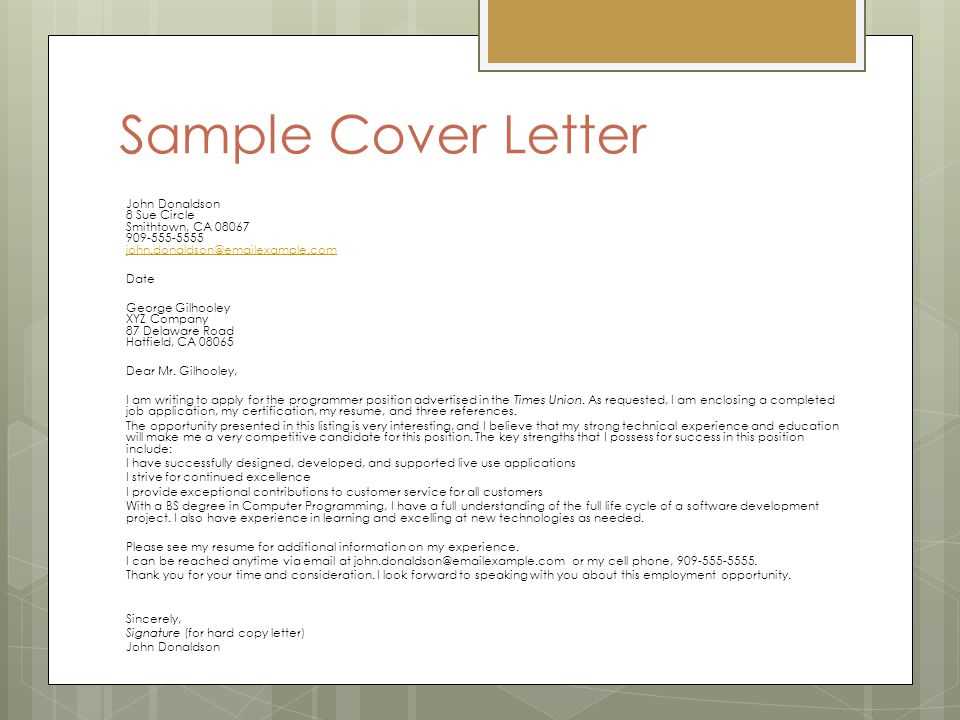
Tailor your cover letter template to fit the specific job you’re applying for. Focus on highlighting relevant skills and experiences that directly align with the job description. Customize the opening paragraph to show why you’re excited about the role and how your background matches the company’s needs. Avoid using generic phrases or overly formal language that could come across as insincere.
Best Practices for Writing a Clear and Concise Cover Letter
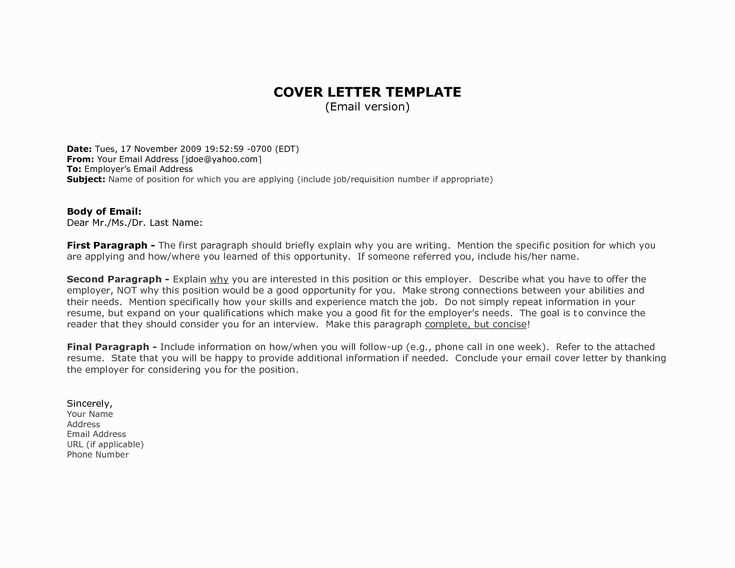
Keep your cover letter brief–ideally no longer than one page. Start by addressing the employer by name to add a personal touch. Be clear about your interest in the position and quickly get to the point, demonstrating why you’re a good fit for the job. Avoid repeating your resume; instead, focus on explaining how your experience translates into value for the company. Use short paragraphs and avoid unnecessary jargon that could confuse the reader.
Avoiding Common Mistakes When Using ChatGPT for Cover Letters
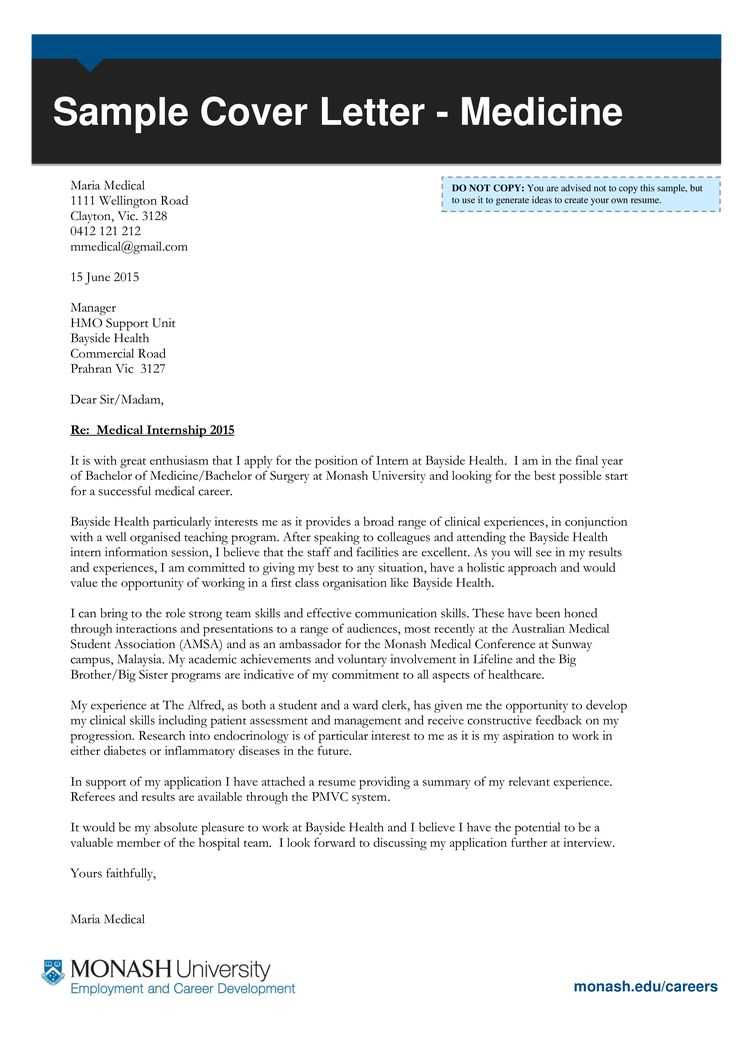
While ChatGPT can help you craft your cover letter, make sure to edit the generated text for tone and context. ChatGPT may produce generic phrases that don’t reflect your personal voice or the specific job you’re applying for. Always check for accuracy in details like job titles, company names, and dates. Don’t rely solely on AI-generated content; infuse your personality and tailor it for the specific job.
To make your cover letter stronger, take advantage of ChatGPT’s feedback. Review its suggestions critically and revise the text to ensure it aligns with your unique qualifications. Use the AI’s recommendations to fine-tune the structure and language, focusing on clarity and precision. Ask for feedback on specific sections, such as the introduction or conclusion, to make those parts more impactful.